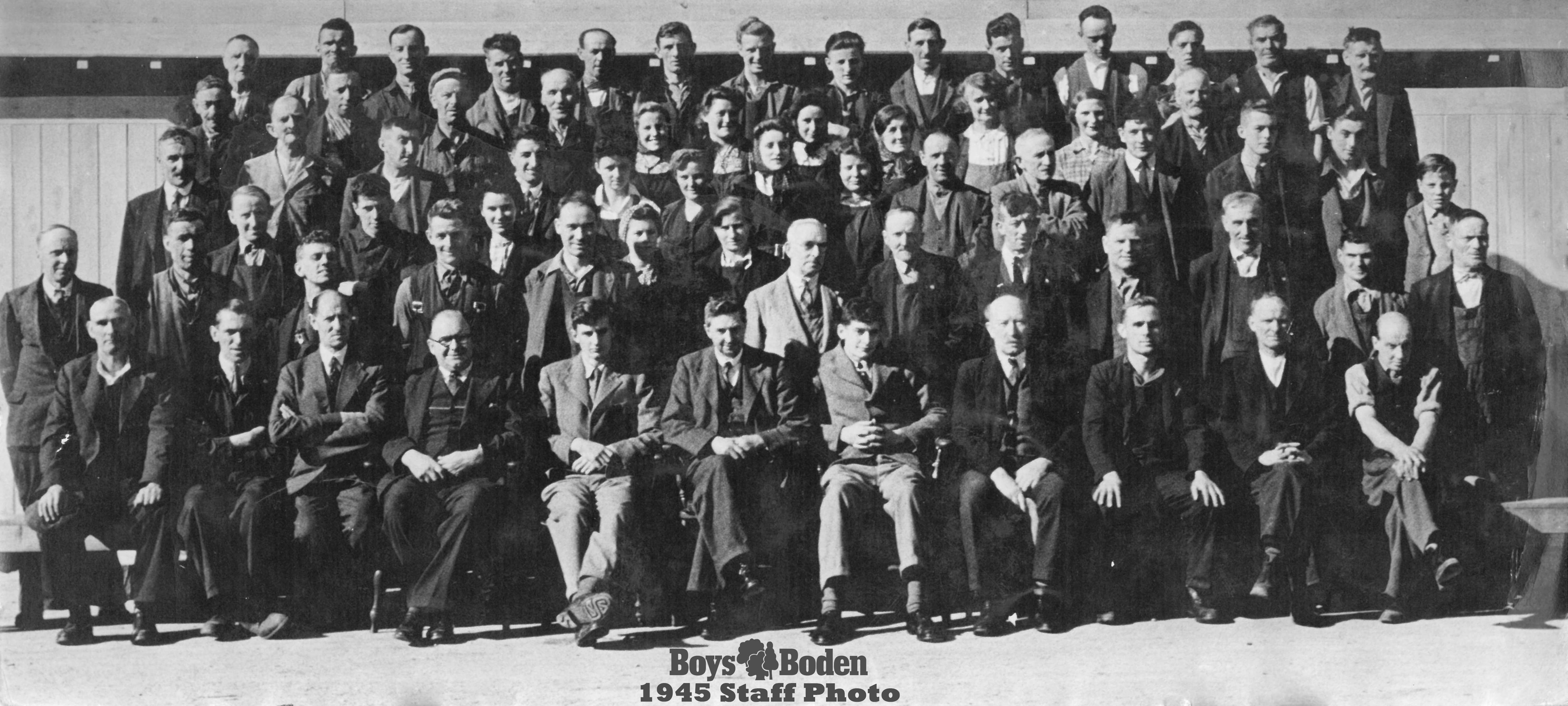what are starter ties?
Starter ties are small, steel wall ties that are used to connect the new brickwork of an extension or addition to an existing brick or block wall. They are called "starter ties" because they are used at the start of the building process to tie the new brickwork to the existing wall and ensure the structural stability of the building.
Starter ties are typically made of galvanized steel and come in a variety of sizes and shapes to accommodate different wall thicknesses and building designs. They are designed to be embedded into the mortar joint between the bricks of the new wall and then fixed into the existing wall using wall plugs and screws or other appropriate fixings.
Starter ties are essential for ensuring that the new brickwork is securely connected to the existing wall and does not separate or crack over time due to differential movement between the two structures. The use of starter ties also helps to distribute the load of the new brickwork evenly across the existing wall, which helps to prevent localized stress and damage to the wall.
It is important to use the correct type and number of starter ties as recommended by the manufacturer and any relevant building codes or regulations. Failure to use adequate starter ties can compromise the structural integrity of the building and potentially lead to safety hazards. A qualified bricklayer or engineer should be consulted to determine the appropriate use of starter ties for a specific building project.

installation
Here are general steps for installing starter ties:
1. Determine the location of the starter ties. The location and spacing of the starter ties will depend on the size and design of the new brickwork and the thickness of the existing wall.
2. Drill pilot holes into the existing wall. Using a masonry drill bit, drill pilot holes into the existing wall at the predetermined locations of the starter ties. The size of the pilot hole should be slightly smaller than the diameter of the wall plugs that will be used.
3. Insert the wall plugs. Insert the appropriate size wall plugs into the pilot holes in the existing wall. The wall plugs should be long enough to securely anchor the starter ties in place.
4. Fix the starter ties in place. Insert the starter ties into the mortar joints of the new brickwork, ensuring that they are fully embedded and level with the surface of the brickwork. Then, insert the screws through the starter ties and into the wall plugs in the existing wall. Tighten the screws to securely fix the starter ties in place.
5. Finish the installation. After all the starter ties are installed, remove any excess mortar and clean the area around the starter ties.
It is important to follow the manufacturer's instructions for the specific type and size of starter ties being used to ensure proper installation and avoid any potential safety hazards. Additionally, it is recommended to consult with a qualified bricklayer or engineer to determine the appropriate use and placement of starter ties for a specific building project.







